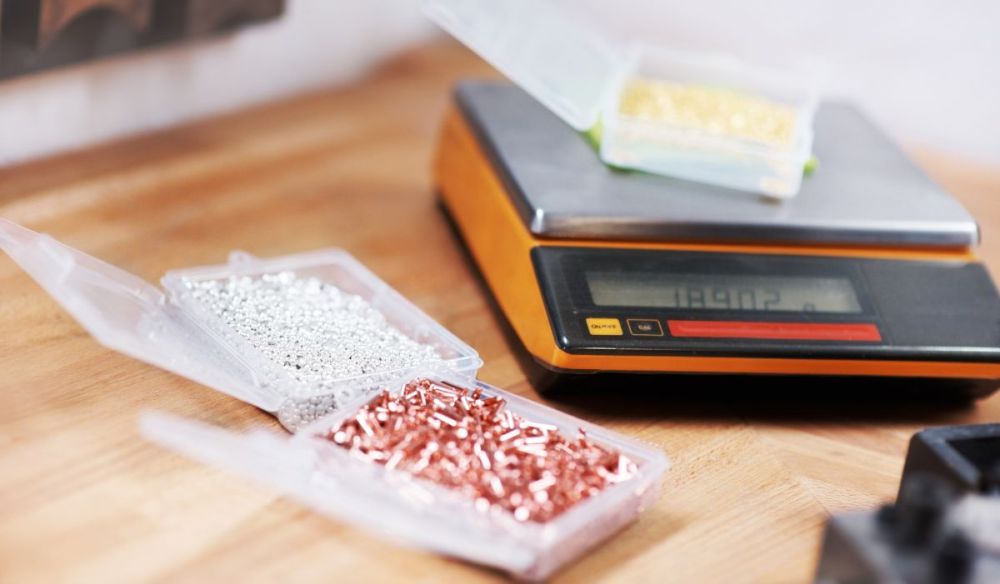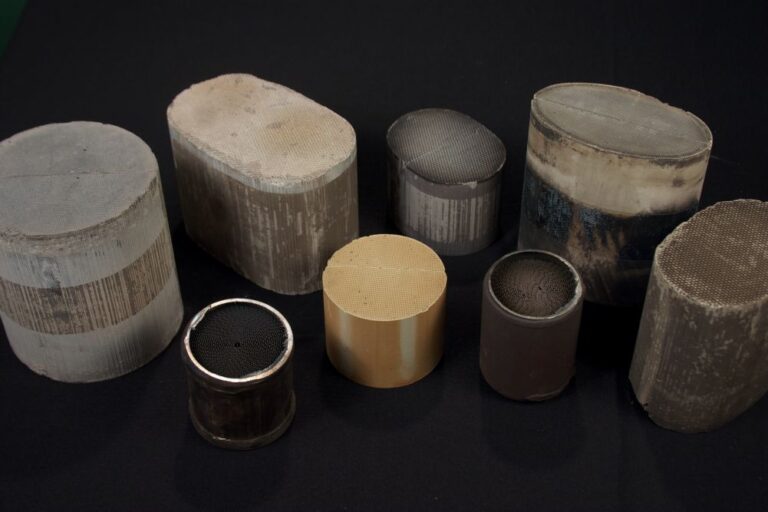Whether you are an investor, a manufacturer, or simply someone looking to identify and test precious metals, knowing their purity and value is key. Testing methods range from basic visual inspections to advanced techniques such as X-ray fluorescence (XRF) analysis and professional lab services.
This guide will explore 15 effective ways how to test precious metals accurately, providing you with the knowledge to choose the right testing method based on your specific needs.
What Are Precious Metals?
Precious metals are rare elements with high economic value and industrial uses. Some common examples include:
- Gold (Au): Gold is a symbol of wealth and luxury, prized for its shine, softness, and resistance to rust.
- Silver (Ag): Silver is widely used in jewelry, electronics, and currency because it conducts electricity well and is very versatile.
- Platinum (Pt): Platinum is known for its strength and is often used in catalytic converters and fine jewelry.
Other precious metals include palladium (Pd) and rhodium (Rh), which are part of the platinum group metals (PGMs). These metals are extremely rare and require complex extraction methods. They are often mined alongside other valuable minerals. Besides, their scarcity and utility in industries like automotive and electronics further enhance their value to higher.
Traditional Analysis Methods
1. Visual Inspection
Visual inspection is a simple yet effective method for testing precious metals.
- Markings and Hallmarks:
Markings and hallmarks on precious metals indicate their purity, quality, and manufacturer. For example:
- Gold bullion often features elongated octagons stamped with “9999” for 99.99% purity, indicating 99.99% purity.
- Silver items often feature oval-shaped stamps, though hallmark designs may vary depending on the manufacturer or region. Use a magnifying glass to inspect these markings. For example, the American Gold Buffalo coin, typically minted at West Point, features a ‘9999’ stamp and a mint mark.
- Color and Appearance: Pure metals have distinct hues; for instance, pure gold is bright yellow, while silver has a reflective, white sheen.
While this method provides initial clues, it’s not definitive, as counterfeit items can mimic genuine appearances.
2. Physical Testing Methods
- Density Test: Measure the metal’s weight in air versus water to calculate its density. Genuine precious metals have characteristic densities.
- Magnet Test: Precious metals like gold and silver are non-magnetic. If a piece reacts to a magnet, it’s likely impure.
- Scratch Test: Rub the metal against a testing stone and examine the mark left behind.
- Purity Hallmarks: Identify engraved hallmarks or certifications indicating metal content.
- Conductivity Test: Precious metals conduct electricity efficiently; specialized testers can measure conductivity.
- Fire Assay (Cupellation): This traditional method, considered the most reliable for determining metal purity, involves melting the metal to separate impurities, offering highly precise results.
3. Acid Testing
Acid testing kits are commonly used for on-the-spot analysis:
- Gold Testing Kit: Involves nitric acid to determine gold purity.
- Silver Testing Acid: Reacts differently with pure silver versus alloys.
- Acid Testing Metals: Suitable for gold, silver, and platinum, with color changes indicating purity levels.
Precautions: Always handle acids with care. Wear protective gear and ensure a well-ventilated environment to avoid chemical exposure.

Advanced Technological Methods
1. Lab Analysis
Lab analysis ensures unmatched precision in precious metal testing, using advanced X-ray technology and ISO 17025 standards for reliable results. Though requiring skilled operation and sample prep, it outperforms portable XRF for comprehensive testing.
Ledoux & Co.’s Precious Metals Analysis Services
For over 144 years, Ledoux & Co. has specialized in ISO 17025-accredited analysis of gold, silver, palladium, and platinum. Using precious metal analysis methods like ICP, fire assay, and titration for analysis. With ga old-standard setting in the lab room, Ledoux & Co.’s analyzing results are extremely accurate and tailored to specific needs.
2. Portable XRF Analysis
X-ray fluorescence (XRF) analyzers provide non-destructive testing, making them an ideal choice for how to test precious metals on the spot. Some XRF devices that are often used are Bruker S1 TITAN and CTX, which deliver fast and accurate results. They are ideal for analyzing gold, silver, and platinum group metals. These devices deliver detailed alloy composition and purity data, producing accurate results in seconds.
These compact, easy-to-use tools are invaluable for jewelry manufacturers, recyclers, refiners, and dealers, ensuring reliable analysis without damaging the sample.
3. Gold Electronic Testers
Electronic testers measure the electrical conductivity and resistance of metals, offering a quick and accurate method for gold analysis. These devices are easy to use, making them suitable for jewelers and traders.
4. Inductively Coupled Plasma (ICP)
This method provides detailed metal composition and purity, including for complex samples, and is especially useful for gold and other precious metals. ICP-OES systems like the SPECTRO ARCOS ensure exceptional resolution, sensitivity, and accuracy for both trace and major element analysis.

Have Your Precious Metal Pieces Tested with Ledoux & Co
In conclusion, how to test precious metals is crucial for verifying their authenticity and value. There are many methods available, from simple visual checks to advanced technologies like ICP analysis and XRF. Each method is designed to be suitable for different requirements, ensuring the most appropriate outcomes. Choose the right one based on your needs. This ensures precise results for buying, selling, or refining precious metals.
For top-notch precision and reliable results, businesses and organizations must know how to choose a trusted laboratory. Ledoux & Co offers comprehensive precious metal analysis, ensuring precise results that meet international standards. Whether you’re verifying an investment or refining materials, our ISO 17025-accredited services guarantee accuracy and quality. Submit a sample today for expert testing you can trust.
FAQs
How can I test precious metals at home?
Simple methods like the magnet test or acid testing kits can help, but for investment-grade accuracy, rely on professional lab analysis.
What methods are commonly used in precious metal analysis?
Common methods include visual inspection, acid testing, fire assay, and advanced techniques such as XRF and ICP analysis.
What types of samples can be analyzed?
You can test precious metals in raw, refined, or alloyed forms, including coins, jewelry, and industrial materials.
How accurate is the lab’s analysis?
Accredited labs like Ledoux & Co. provide highly accurate results with minimal errors using advanced methods and ISO 17025-certified protocols.
Why choose an ISO 17025-accredited lab?
ISO 17025 accreditation ensures the lab follows international standards, offering reliable results with strict quality control.











